In recent years, cashews have gained popularity as a nutritional and versatile snack, leading to an increased demand for this tree nut worldwide. The price of cashews fluctuates based on various factors, including supply and demand dynamics, weather conditions, and exchange rates. This article aims to provide a forecast analysis of the cashew price per ton in 2023, considering the current market trends and anticipated developments. Trends in Cashew Production and Consumption: Cashews are predominantly grown in countries such as India, Vietnam, Nigeria, Ivory Coast, and Brazil. These nations collectively account for the majority of the global cashew production. Over the past few years, there has been a steady increase in cashew cultivation, both in terms of area and production volume. However, despite the growing supply, consumption has outpaced production, driving up prices. Factors Affecting Cashew Prices: 1. Supply and Demand Dynamics: The cashew industry operates in a supply-constrained market, as achieving higher yields and maintaining quality standards is challenging. Rising demand from the snack food industry, coupled with a limited supply, has a significant impact on cashew prices. 2. Weather Conditions: Cashew production is heavily dependent on favorable weather conditions, as cashew trees require a tropical climate to thrive. Droughts, floods, and other extreme weather events can hamper the productivity of cashew plantations, leading to a decrease in supply and subsequent price fluctuations. 3. Exchange Rates: Cashew prices are also influenced by currency exchange rates, especially in countries that export cashews. Fluctuations in exchange rates can affect the profitability of cashew exporters, which may subsequently impact price movements. Consumption Patterns and Market Demand: Cashews have gained popularity over the years due to their nutritional value and versatility in various culinary applications. They are consumed as a snack, used in baking and cooking, and are an essential ingredient in nut butters. Furthermore, the increasing trend of vegan and plant-based diets has further boosted the demand for cashews as a meat and dairy substitute. The demand for cashews is especially strong in developed countries, including the United States, Europe, and Japan, where consumers are willing to pay a premium for high-quality cashew nuts. Emerging economies like China and India are also witnessing an increase in demand due to changing dietary preferences and rising incomes. Forecast Analysis for Cashew Price per Ton in 2023: 1. Supply-Chain Challenges: Cashew production faces ongoing challenges such as inadequate infrastructure, lack of access to technology, and low farm productivity. Addressing these challenges will require significant investments and collaborations among industry stakeholders. Overcoming these obstacles can lead to increased supply, stabilizing cashew prices. 2. Climate Change Impact: Climate change presents a significant threat to cashew production, as rising temperatures and changing rainfall patterns can negatively affect cashew tree growth. Mitigating the impact of climate change through sustainable agricultural practices and developing climate-resilient cashew varieties is crucial to ensuring stable cashew prices. 3. Fluctuating Exchange Rates: Currency volatility, particularly in exporting countries, can impact cashew prices in the global market. Currency devaluation in cashew-producing countries can result in higher export prices, affecting the purchasing power of importing countries.

nuts
 This factor needs to be closely monitored, and strategies to manage exchange rate risks should be employed to maintain stability in cashew pricing. 4. Growing Demand: The increasing popularity of cashews as a healthy and versatile snack, along with the rising demand for plant-based alternatives, is expected to continue driving up cashew prices. As economies recover from the global pandemic, the middle-class population in developing countries is likely to expand, further boosting demand for cashews. 5. Market Expansion: Efforts to explore new markets and diversify cashew product offerings can drive demand while providing price stability. Investing in promotion, marketing, and product innovation can lead to increased consumption and a more stable price environment. Conclusion: The cashew market is influenced by a myriad of factors, including supply and demand dynamics, weather conditions, and exchange rates. While challenges persist, the increasing popularity of cashews as a healthy snack, coupled with the rise of plant-based diets, is expected to drive demand and impact prices. In 2023, cashew prices per ton are projected to remain high, considering the supply constraints, climate change risks, and fluctuating exchange rates. However, efforts to improve infrastructure, invest in sustainable agricultural practices, and expand market reach can help stabilize pricing. Continued awareness and innovation will play a crucial role in ensuring a sustainable and prosperous cashew industry in the coming years. Analysis: 1. Supply-Chain Challenges: The cashew industry faces several supply-chain challenges that can impact the price of cashews in 2023. Inadequate infrastructure, such as poor transportation and storage facilities, can lead to post-harvest losses and a decrease in quality. Moreover, limited access to modern farming technology and practices hinders productivity and affects the overall supply of cashews. To address these challenges, investment in infrastructure development, farmer training programs, and the adoption of advanced agricultural practices should be prioritized. 2. Climate Change Impact: Climate change poses a significant threat to cashew production, with rising temperatures and changing rainfall patterns adversely affecting tree growth. Droughts, heatwaves, and unpredictable weather events can lead to reduced yields and lower-quality cashews. To mitigate the impact of climate change, the cashew industry needs to invest in research and development to develop drought-tolerant varieties that can withstand adverse weather conditions. Additionally, efforts should be made to promote sustainable farming practices, such as efficient water management and soil conservation techniques. 3. Fluctuating Exchange Rates: Exchange rate fluctuations can have a substantial impact on the cost of cashews in the international market. Cashew-producing countries that heavily rely on exports are particularly vulnerable to changes in currency valuation. When the local currency depreciates, it leads to higher export prices, potentially reducing the competitiveness of cashews in the global market. Exporters should closely monitor exchange rate movements and establish risk management strategies to minimize the impact of currency volatility. 4. Growing Demand: The demand for cashews is projected to continue growing in 2023, driven by factors such as changing consumer preferences, population growth, and increasing disposable incomes. As consumers become more health-conscious and seek out nutritious and plant-based snacks, the demand for cashews is expected to rise.
This factor needs to be closely monitored, and strategies to manage exchange rate risks should be employed to maintain stability in cashew pricing. 4. Growing Demand: The increasing popularity of cashews as a healthy and versatile snack, along with the rising demand for plant-based alternatives, is expected to continue driving up cashew prices. As economies recover from the global pandemic, the middle-class population in developing countries is likely to expand, further boosting demand for cashews. 5. Market Expansion: Efforts to explore new markets and diversify cashew product offerings can drive demand while providing price stability. Investing in promotion, marketing, and product innovation can lead to increased consumption and a more stable price environment. Conclusion: The cashew market is influenced by a myriad of factors, including supply and demand dynamics, weather conditions, and exchange rates. While challenges persist, the increasing popularity of cashews as a healthy snack, coupled with the rise of plant-based diets, is expected to drive demand and impact prices. In 2023, cashew prices per ton are projected to remain high, considering the supply constraints, climate change risks, and fluctuating exchange rates. However, efforts to improve infrastructure, invest in sustainable agricultural practices, and expand market reach can help stabilize pricing. Continued awareness and innovation will play a crucial role in ensuring a sustainable and prosperous cashew industry in the coming years. Analysis: 1. Supply-Chain Challenges: The cashew industry faces several supply-chain challenges that can impact the price of cashews in 2023. Inadequate infrastructure, such as poor transportation and storage facilities, can lead to post-harvest losses and a decrease in quality. Moreover, limited access to modern farming technology and practices hinders productivity and affects the overall supply of cashews. To address these challenges, investment in infrastructure development, farmer training programs, and the adoption of advanced agricultural practices should be prioritized. 2. Climate Change Impact: Climate change poses a significant threat to cashew production, with rising temperatures and changing rainfall patterns adversely affecting tree growth. Droughts, heatwaves, and unpredictable weather events can lead to reduced yields and lower-quality cashews. To mitigate the impact of climate change, the cashew industry needs to invest in research and development to develop drought-tolerant varieties that can withstand adverse weather conditions. Additionally, efforts should be made to promote sustainable farming practices, such as efficient water management and soil conservation techniques. 3. Fluctuating Exchange Rates: Exchange rate fluctuations can have a substantial impact on the cost of cashews in the international market. Cashew-producing countries that heavily rely on exports are particularly vulnerable to changes in currency valuation. When the local currency depreciates, it leads to higher export prices, potentially reducing the competitiveness of cashews in the global market. Exporters should closely monitor exchange rate movements and establish risk management strategies to minimize the impact of currency volatility. 4. Growing Demand: The demand for cashews is projected to continue growing in 2023, driven by factors such as changing consumer preferences, population growth, and increasing disposable incomes. As consumers become more health-conscious and seek out nutritious and plant-based snacks, the demand for cashews is expected to rise.
Specifications of nuts
 This trend is bolstered by the growing popularity of vegan and vegetarian diets, where cashews serve as a versatile and protein-rich ingredient. Cashew producers and traders should capitalize on this increasing demand by investing in quality assurance, product innovation, and marketing campaigns to maintain a stable and profitable market position. 5. Market Expansion: To ensure stable cashew prices in 2023, the industry should actively explore and expand into new markets. While developed countries like the United States and Europe remain significant consumers of cashews, emerging markets in Asia, Africa, and Latin America offer untapped potential. Efforts should be made to promote cashews as a healthy snack option, raise awareness about their nutritional benefits, and introduce innovative products to cater to diverse consumer preferences. Additionally, fostering partnerships with retailers and distributors in new markets can help increase market penetration and establish a stable demand base. 6. Quality Control Measures: Maintaining consistent quality is crucial for cashew producers and exporters to sustain market demand and stabilize prices. Implementing stringent quality control measures throughout the supply chain, from farming to processing and packaging, ensures that customers receive high-quality cashews. This includes regular sampling and testing for aflatoxin contamination, proper storage and handling practices to prevent moisture and pest infestation, and adherence to international food safety standards. Producers should invest in modern processing facilities and train personnel to meet quality assurance requirements. 7. Sustainable Sourcing and Certification: In an era of growing consumer awareness about ethical and sustainable food production, the cashew industry should prioritize sustainable sourcing practices. Adopting certifications such as Organic, Fair Trade, or Rainforest Alliance can help boost consumer confidence and differentiate cashews in the market. Sustainable sourcing involves promoting environmentally friendly farming practices, fair remuneration for farmers, and social welfare initiatives in cashew-growing communities. By aligning with sustainability goals, cashew producers can attract niche markets and potentially command higher prices, thereby stabilizing the overall industry. 8. Technology and Innovation: Technology plays a vital role in improving cashew production efficiency and reducing costs.
This trend is bolstered by the growing popularity of vegan and vegetarian diets, where cashews serve as a versatile and protein-rich ingredient. Cashew producers and traders should capitalize on this increasing demand by investing in quality assurance, product innovation, and marketing campaigns to maintain a stable and profitable market position. 5. Market Expansion: To ensure stable cashew prices in 2023, the industry should actively explore and expand into new markets. While developed countries like the United States and Europe remain significant consumers of cashews, emerging markets in Asia, Africa, and Latin America offer untapped potential. Efforts should be made to promote cashews as a healthy snack option, raise awareness about their nutritional benefits, and introduce innovative products to cater to diverse consumer preferences. Additionally, fostering partnerships with retailers and distributors in new markets can help increase market penetration and establish a stable demand base. 6. Quality Control Measures: Maintaining consistent quality is crucial for cashew producers and exporters to sustain market demand and stabilize prices. Implementing stringent quality control measures throughout the supply chain, from farming to processing and packaging, ensures that customers receive high-quality cashews. This includes regular sampling and testing for aflatoxin contamination, proper storage and handling practices to prevent moisture and pest infestation, and adherence to international food safety standards. Producers should invest in modern processing facilities and train personnel to meet quality assurance requirements. 7. Sustainable Sourcing and Certification: In an era of growing consumer awareness about ethical and sustainable food production, the cashew industry should prioritize sustainable sourcing practices. Adopting certifications such as Organic, Fair Trade, or Rainforest Alliance can help boost consumer confidence and differentiate cashews in the market. Sustainable sourcing involves promoting environmentally friendly farming practices, fair remuneration for farmers, and social welfare initiatives in cashew-growing communities. By aligning with sustainability goals, cashew producers can attract niche markets and potentially command higher prices, thereby stabilizing the overall industry. 8. Technology and Innovation: Technology plays a vital role in improving cashew production efficiency and reducing costs.
buy nuts
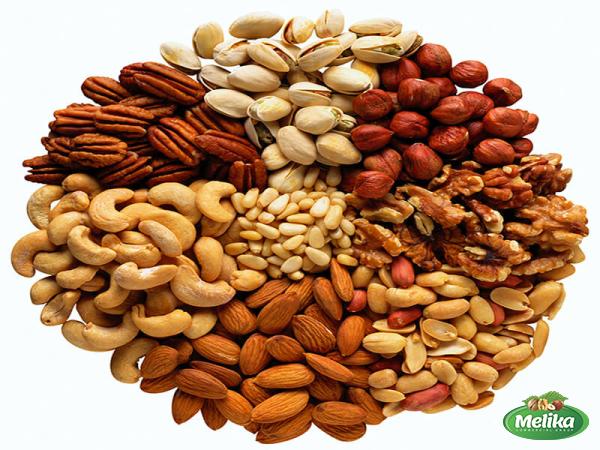 Investing in advanced machinery for shelling and processing can streamline operations and improve yield. Additionally, research and development efforts should focus on developing new and improved cashew varieties that have higher yields and greater resistance to pests and diseases. Automation and digitization of supply chain operations can also enhance traceability and transparency, further enhancing consumer confidence. Embracing technological advancements and innovation will provide the industry with a competitive edge and contribute to price stability. 9. Government Policies and Support: Government policies and support play a crucial role in shaping the cashew industry’s performance. Policymakers should create an enabling environment that encourages investment, subsidizes modern farming technology, and provides incentives for farmers to adopt sustainable practices. Additionally, governments should explore trade agreements and bilateral partnerships to facilitate market access and reduce trade barriers. By providing a supportive framework, governments can contribute to price stability and foster the growth of the cashew industry. 10. Collaborative Initiatives: To address the challenges faced by the cashew industry and ensure price stability, collaboration among stakeholders is essential. This includes partnerships between cashew producers and traders, research institutions, governments, and non-governmental organizations. Collaborative initiatives can focus on knowledge sharing, capacity building, and joint investment in infrastructure and research. By pooling resources and expertise, stakeholders can work together to overcome common challenges and create a more sustainable and resilient cashew industry. Conclusion: Based on the analysis of various factors affecting cashew prices, it is projected that the cashew price per ton in 2023 will remain high. Supply-chain challenges, climate change impacts, and exchange rate fluctuations continue to pose risks to the industry. However, by addressing these challenges through investments in infrastructure, sustainable practices, quality control, innovation, and market expansion, stakeholders can work towards stabilizing cashew prices. Collaboration among actors in the value chain, along with government support and favorable policies, will also be instrumental in shaping the future of the cashew industry.
Investing in advanced machinery for shelling and processing can streamline operations and improve yield. Additionally, research and development efforts should focus on developing new and improved cashew varieties that have higher yields and greater resistance to pests and diseases. Automation and digitization of supply chain operations can also enhance traceability and transparency, further enhancing consumer confidence. Embracing technological advancements and innovation will provide the industry with a competitive edge and contribute to price stability. 9. Government Policies and Support: Government policies and support play a crucial role in shaping the cashew industry’s performance. Policymakers should create an enabling environment that encourages investment, subsidizes modern farming technology, and provides incentives for farmers to adopt sustainable practices. Additionally, governments should explore trade agreements and bilateral partnerships to facilitate market access and reduce trade barriers. By providing a supportive framework, governments can contribute to price stability and foster the growth of the cashew industry. 10. Collaborative Initiatives: To address the challenges faced by the cashew industry and ensure price stability, collaboration among stakeholders is essential. This includes partnerships between cashew producers and traders, research institutions, governments, and non-governmental organizations. Collaborative initiatives can focus on knowledge sharing, capacity building, and joint investment in infrastructure and research. By pooling resources and expertise, stakeholders can work together to overcome common challenges and create a more sustainable and resilient cashew industry. Conclusion: Based on the analysis of various factors affecting cashew prices, it is projected that the cashew price per ton in 2023 will remain high. Supply-chain challenges, climate change impacts, and exchange rate fluctuations continue to pose risks to the industry. However, by addressing these challenges through investments in infrastructure, sustainable practices, quality control, innovation, and market expansion, stakeholders can work towards stabilizing cashew prices. Collaboration among actors in the value chain, along with government support and favorable policies, will also be instrumental in shaping the future of the cashew industry.

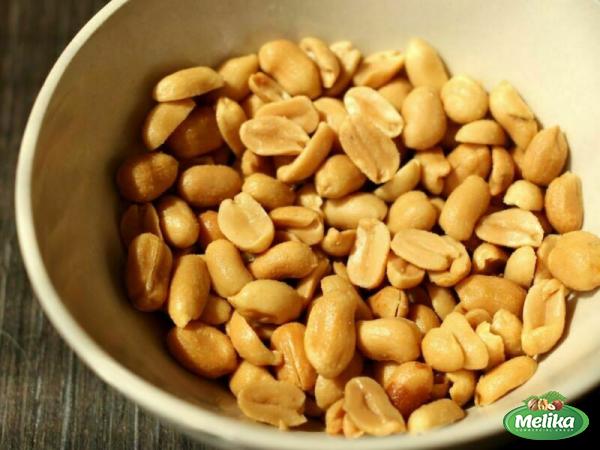

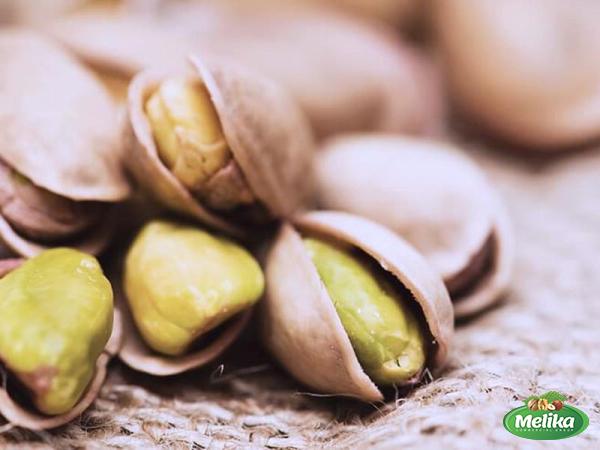
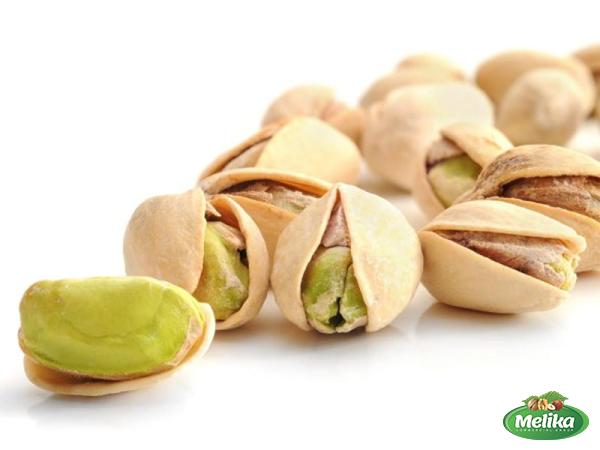
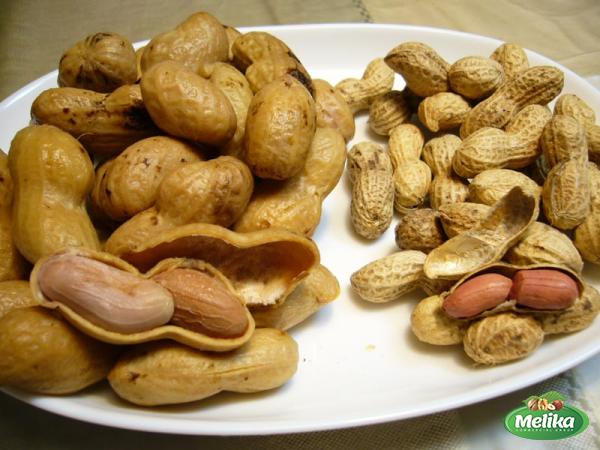
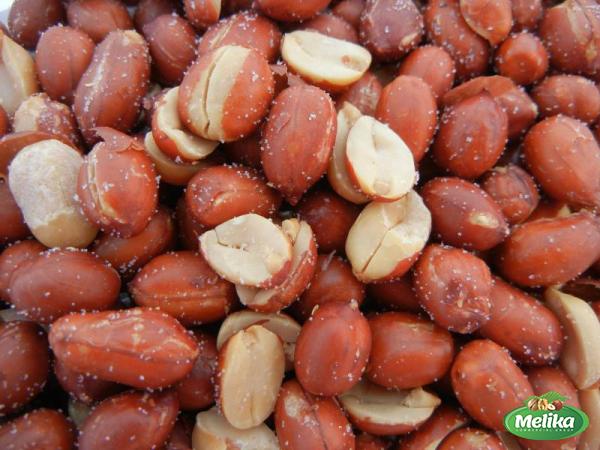

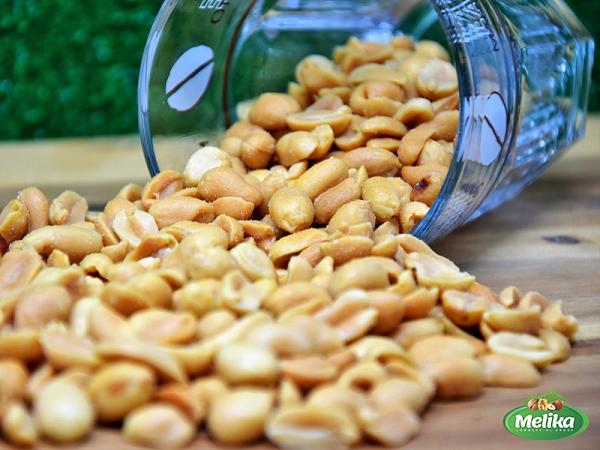

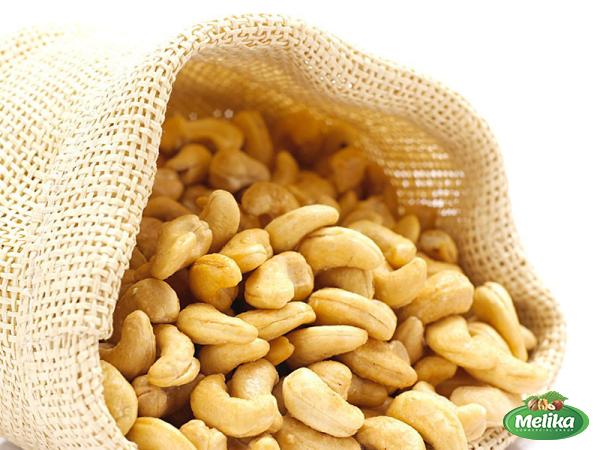
Your comment submitted.